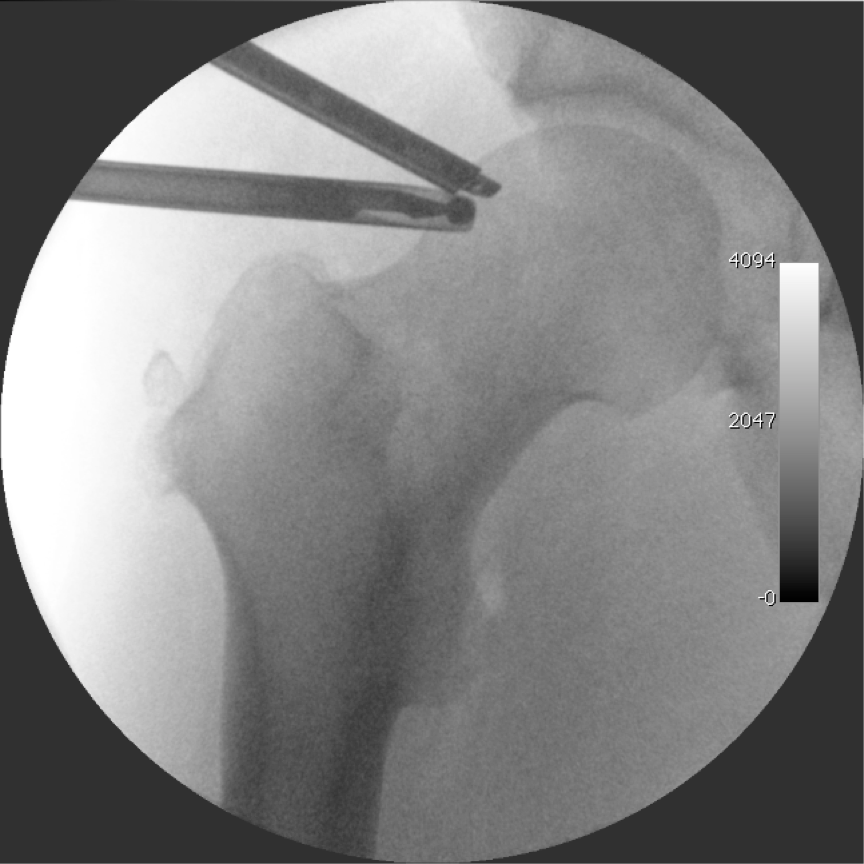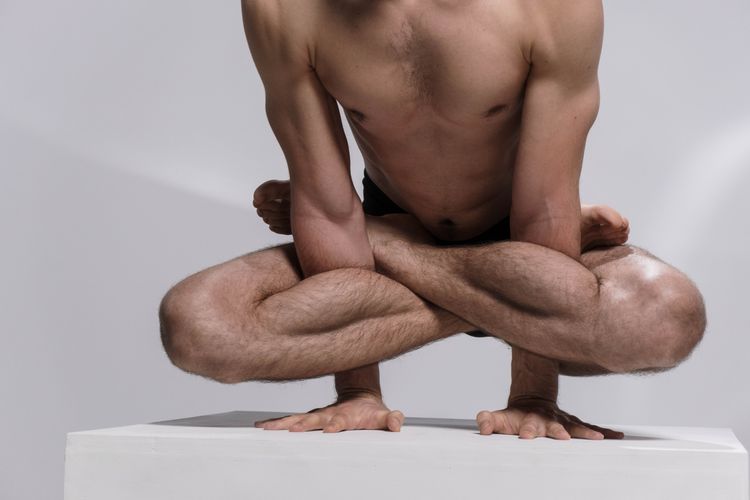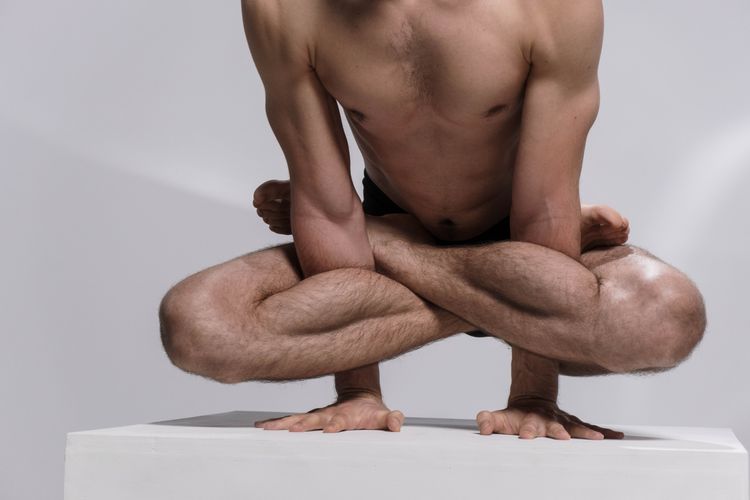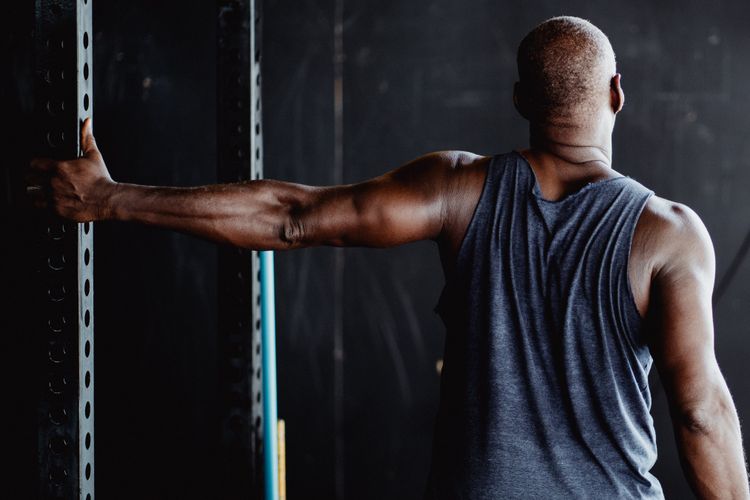Issue 45 Blue Crab Edition

Happy Friday everyone! Thanks for tuning into PT Crab this week. We’ll be returning your investment of time with knowledge. Specifically, we’ve got one article about the mismatch between expectations and reality after hip arthroscopy (sadly, it’s not surprising, but gives us indications of where to improve) and a second about whether you can judge shoulder posture visually or not. Our supportive, King Crab members got two more articles this week, one on transgender athletes’ experience with athletic training and a second on gait analysis with your smartphone from JOSPT. Before we dive in, want to kill a few minutes today? Check out this great Twitter thread from Ryan Shelton, who runs a small PT clinic in Kentucky. He’s found a way to provide about 1/5th of his visits for free to those in need while still making fine money. Here’s how he did it.
With that, let’s dive in!
Just Get A Goni
The Gist - Look, you can’t estimate shoulder posture just by looking at it. I know you think you can, but these guys proved that you can’t. These researchers grabbed a bunch of PT students and showed them 30 images of a bunch of different shoulder postures, then asked them to estimate abduction, flexion, ER, IR, or extension values. They missed, badly. All flexion, extension, and IR/ER estimates were significantly different from measured values, while they only significantly missed on abduction when the value was greater than 90°. They missed flexion by an average of 11°, extension by an average of 8°, IR by about 11° and ER by around 10°. Not good. And I know, I know, you’re not a PT student so you can do a lot better. And maybe you can, but if you’ve been estimating postures for years, maybe reconsider your process, use a goni for a few weeks, and reset your perspective.
Tell Me More - Previous literature cited by the study has shown that PTs are bad at estimating knee, ankle, and neck motion as well, so this miss is nothing new. A different study also showed that experienced PTs could estimate one particular shoulder flexion posture within about 3°, so that’s good, but we don’t have enough data yet to see if that holds for anything else. Reliability between examiners for that study was just fair, and other data has shown that healthy shoulders (the type used in this study and most of these studies) are easier to assess than pathologic ones. In one study, the standard error of measurement of a pathological shoulder was 13.8°. Does it feel like I’m working really hard to convince you not to estimate when you need an actual value? Good. Because this study and others have shown that you probably can’t do it. So stop doing it.
I want to read this shit. Feel free. They have as little faith in your estimation abilities as I do.
Hip Arthroscopy Sucks. And Patients May Not Expect That.
The Gist - I’m not saying that the surgery is bad, just that it’s tough because it’s like, a surgery. When people be cuttin’ you, it’s going to take time to recover. Unfortunately, the results of this qualitative study show that patients may not expect that and there’s a significant mismatch between their expectations and realities. 17 Australian patients, mean age 36, were interviewed for this study. Their surgeries were all arthroscopic, and “included osteoplasty, acetabular rim resection, ligamentum tires repair, labral repair, and microfracture.” The researchers had a few takeaways, but the main one was teh big difference between expectations and reality. Here are some quotes from their interviews:
There are a lot more great quotes in the paper too, so I highly recommend you check it out. Mainly, the paper argues that people need more clear ideas of how rehab will work, more consistency between providers about what to expect, and more discussion of the emotional toll this rehab can take on them.
Tell Me More - I’d love to! Mostly, I’ll do it in quotes again. If you’re engaged enough to get here, I highly recommend you read the whole paper, it’s an easy-ish read and provides a great window into what these patients are thinking.
That’s the last of the patient quotes, and I’ll end with the researchers’ conclusions where they speculate on where we can go from here.
Four key themes emerged from the study: 1) a mismatch between expectations and actual physical activity; 2) wide variations in physical activity levels; 3) suboptimal psychological readiness and associated emotional toll; and 4) the influence of available support and information. These findings suggest there are clear opportunities for optimizing patient education and support while addressing relevant barriers and facilitators around return to physical activity.
I want to read the whole thing. Enjoy!
That’s our week! Hope you enjoyed this one though that last article was indeed a bit of a downer. To cheer you up, check this out! It’s a reddit post from someone with CP who just passed a huge milestone.
Have a great weekend,
Luke






Comments
Want to leave a comment and discuss this with your fellow PTs? Join PT Crab and get summarized PT research in your inbox, every week.